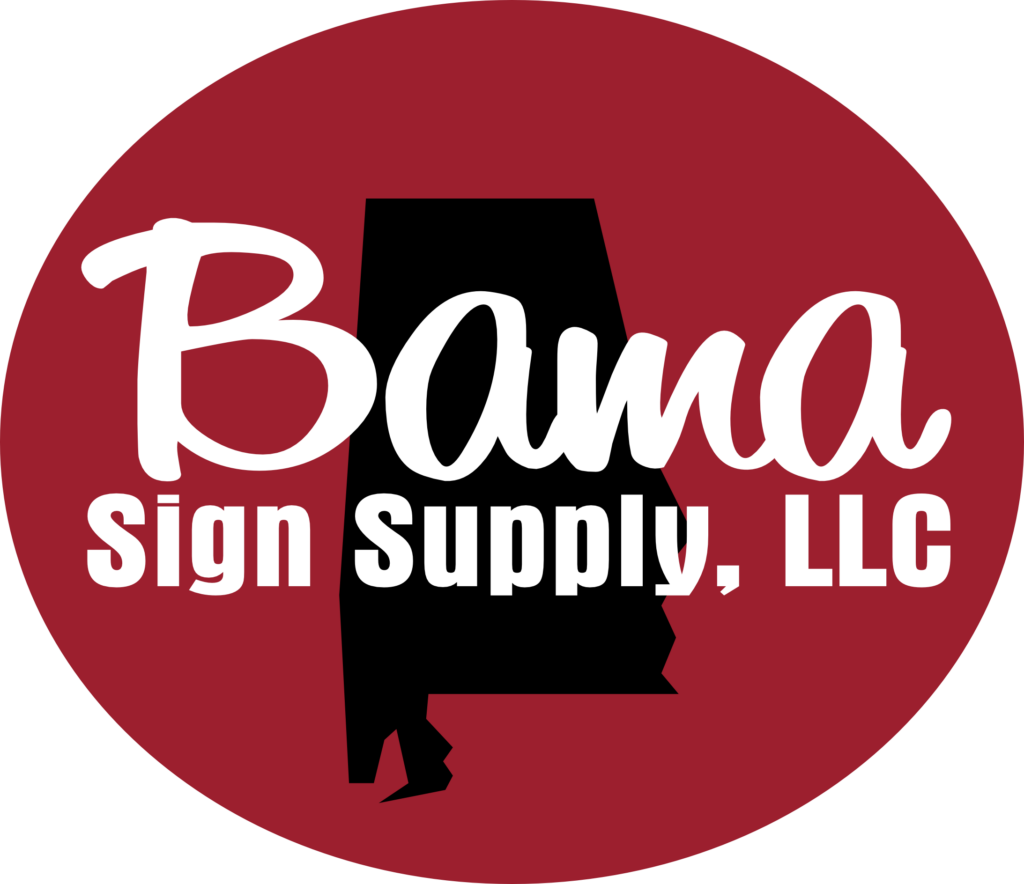Title: Selecting the Right Substrates for High-Quality, Professional Signs
When it comes to creating high-quality, professional signs, selecting the right substrates is crucial. The substrate, or the material on which the sign is printed or mounted, plays a significant role in determining the overall look, durability, and effectiveness of the sign. From outdoor signage to indoor displays, choosing the appropriate substrate is essential to ensure that the final product meets the desired standards and serves its purpose effectively.
Here are some key factors to consider when selecting substrates for professional signs:
1. Durability and Weather Resistance:
Outdoor signs are exposed to various weather conditions such as rain, wind, and sunlight. Therefore, it is imperative to choose substrates that are durable and weather-resistant. Materials like aluminum, PVC, and acrylic are popular choices for outdoor signage due to their ability to withstand the elements and maintain their appearance over time.
2. Printability and Color Reproduction:
The substrate should be compatible with the printing method being used and should allow for high-quality color reproduction. For example, materials like foam board and coroplast are suitable for digital printing, while materials such as Dibond and MDO plywood are ideal for screen printing. It is important to select a substrate that can accurately reproduce the intended colors and graphics of the sign.
3. Application and Installation:
Consider the application and installation requirements when choosing a substrate. For instance, if the sign needs to be mounted on a flat surface, rigid substrates like aluminum composite panels or PVC sheets are suitable. If the sign needs to be hung or displayed in a suspended manner, materials like acrylic or foam board may be more appropriate.
4. Size and Thickness:
The size and thickness of the substrate play a role in the overall sturdiness and visibility of the sign. Larger signs may require thicker materials to prevent warping or bending, while smaller signs may be suitable for thinner substrates. It is important to choose a substrate that provides the necessary structural integrity for the specific size and application of the sign.
5. Brand Image and Aesthetics:
The substrate should complement the overall branding and aesthetics of the sign. Consider the desired finish, texture, and appearance when selecting the substrate. For example, brushed aluminum is often used for a modern and sleek look, while wood and natural materials are preferred for a more rustic or traditional aesthetic.
In conclusion, the selection of the right substrates is a critical aspect of creating high-quality, professional signs. By considering factors such as durability, printability, application, size, and aesthetics, businesses and sign makers can ensure that their signs effectively convey their intended message and withstand the test of time. Investing in the right substrates ultimately leads to the creation of impactful and long-lasting signage that reflects positively on the brand and leaves a lasting impression on viewers.
